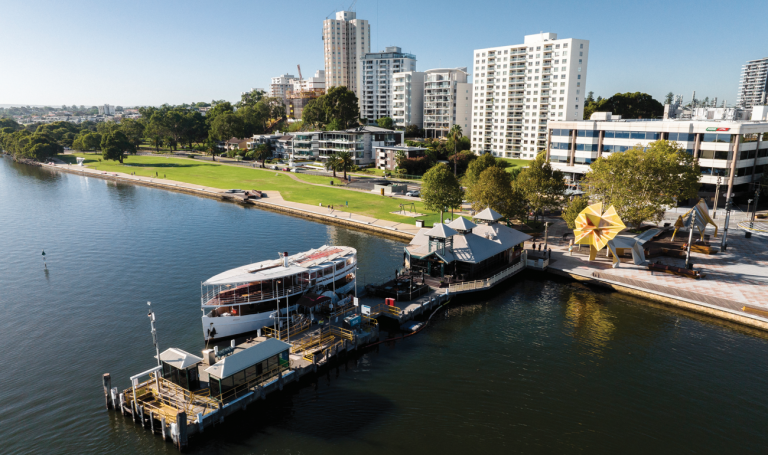
FREQUENTLY ASKED QUESTIONS
At BUSS we know that there are common questions that need addressing and often require urgent attention. See below for some frequently asked questions.
Table of Contents
Concrete Repairs FAQs
Core drilling is the drilling of clean, smooth and previse circular holes in a concrete surface and removing a cylinder of concrete (a core) from the structure and is the best method for testing concrete.
Crack stitching is a method of repair used for cracked walls to ensure the stabilisation of the structure. The repair involves retrofitting a quantity of stainless-steel stitching bars, grouted into the bed joint, overlapping the wall cracks to reconnect them and provide stability.
Lintel repairs are significant structural restorations that prevent the potential collapse of a building. Modern lintel repair methods are efficient and straightforward and can be completed with little disruption. The majority of lintel repairs use pinning ties and joint reinforcement techniques; resin injection systems also help to restore the structural integrity of a building without damaging the facade.
The most common methods of brick repair include repointing, crack stitching and tuckpointing.
Fretting mortar is the process by which a structures mortar joints (the mortar between the bricks) begin to break down, crumbles and falls away. Fretting i caused by issues such as rising damp, weathering, reticulation/sprinkler systems, excessive salt in the mortar or other unsuitable mortar mixes.
Waterproofing FAQs
Remedial waterproofing is the detection and repair of water leak and/or failed waterproofing membrane in a timely manner, thus adverting major problems and extensive repair costs.
Waterproofing a planter box will protect it from developing cracks that would allow water to leak onto surrounding areas and penetrate internal areas if over, or adjacent to, interior finish work. It will defend against water leaking onto balconies, decking or paved areas which would give rise to excess moisture which promotes growth of fungus and bacterial allergies, delaminates deck coatings and produces dry rot.
The waterproofing of internal wet areas has consistently been amongst the most common recurring defects reported by property owners and therefore should be completed by a professional so as to reduce or eliminate the risk of structural damage created by water leaks, rising damp or structural movement.
A liquid applied membrane is a waterproofing membrane with a high viscosity formulation designed for application on vertical or horizontal surfaces, external or internal and below or above ground projects.
A torch on membrane is a sheet membrane system applied by flame bonding; it allows for uniform thickness, is stable at extreme temperatures, has high impact resistance, high elasticity and can be painted over.
External areas such as balconies often suffer from water damage and related problems in industrial, commercial and residential buildings due to their constant exposure to the environment. Although outdoor waterproofing solutions are dependent on the individual and specific requirements it is common for external areas to undergo liquid membrane coatings which is accustomed to Australian climate conditions.
Your buildings’ exterior element is its first line of defence against the elements, leaks and water damage. Additionally, the building’s interior materials serve to reinforce the exterior building envelope. Ensuring that both the exterior and interior of your building is waterproofed is an essential component of its’ protection.
It is a requirement under the Building Code of Australia that all structures that are built at, or below, ground level and are are subject to ground water pressure. If there is insufficient external drainage or a waterproofing failure, water will penetrate. All structures including residential homes, high rise commercial building and apartment buildings require basement waterproofing to prevent against water ingress.
Joint Sealing FAQs
Caulking is the application of a filler and/or sealant, to gaps, seams, joints or crack between stationary building components and materials; used for repairs and/or new construction to keep water and outside air away from the interior of a structure.
Fire retardant seals are a form of passive fireproofing which, once installed, are used to slow or prevent the spread of a fire or reduce its intensity, which allows for the safe evacuation of people while helping to contain the fire until fire services arrive.
It protects against water ingress, moisture and other chemicals and can be used in many different applications; it can be applied to almost any surface including glass, plastic and metal. It can withstand very high temperatures making it ideal for use in areas of high heat exposure.
Precast panel joint sealing is the sealing of the joint type between precast concrete panels. The joints, between the precast elements, provides physical separation between the panels and, in conjunction with the joint sealant, accommodates movement and protects against the ingress of water, air, chemicals, smoke, etc.
In building construction, an expansion joint is a mid-structure separation of the various elements that combine to make the whole structure. Each element is separated by expansion joints in order to safely allow independent expansion and contraction of construction materials as well as absorbing any vibrations. Expansion joints can be found everywhere from households to buildings, bridges, roads and car parks. With Perth’s extremely variable temperatures our buildings, roads and concrete slabs often expand and contract due to the warming and cooling. Without the application of expansion joints these structures would inevitably crack under temperature stress.
Facade Remediation / Heritage & Architectural FAQs
Façade remediation is the restoration of the façade of a building/structure in order to prolong its life. It involves the upgrading of the façade with essential brick/concrete/stone repairs, lintel repair, protective coating systems, waterproofing etc.
The original construction materials of heritage and architectural building and structures are subject to a natural process of degradation over time, which is accelerated by chemical, physical and biological events. When these defects go unattended, the building or structure is left with extensive and unavoidable damage to its fabric. Consequently, modest spending on regular repairs will reduce the potential for costly repairs in the future, protect the fabric of the building and save money in the long term.





